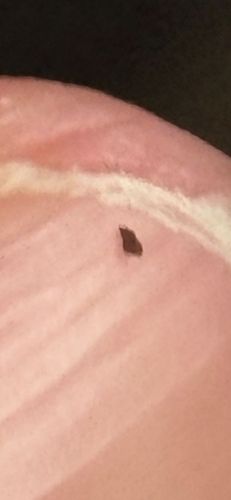Ant
Scientific Name: Formicidae
Order & Family: Hymenoptera, Formicidae
Size: 0.75 mm to 30 mm (0.03 to 1.2 inches)

Natural Habitat
Highly adaptable, found globally in diverse terrestrial environments including forests, deserts, urban areas, and grasslands. They often nest underground, in wood, or in mounds.
Diet & Feeding
Highly varied, depending on species. Can be omnivorous, carnivorous, herbivorous, or fungivorous. They consume nectar, seeds, fungi, other insects (live or dead), and honeydew produced by aphids.
Behavior Patterns
Ants are highly social insects living in organized colonies that can range from a few dozen to millions of individuals. They exhibit complex social structures with a queen, male drones, and sterile female workers. They communicate through chemical signals (pheromones), engage in foraging, nest building, and defense. Many species form trails to guide colony members to food sources.
Risks & Benefits
Risks: Some species can sting or bite (e.g., fire ants), causing pain, itching, or allergic reactions. They can also be considered pests when they invade homes or gardens. Benefits: Ants play crucial roles in ecosystems as decomposers, aerating soil, dispersing seeds, and preying on other insects, which can aid in natural pest control. They are also an important food source for many animals.
Identified on: 9/13/2025